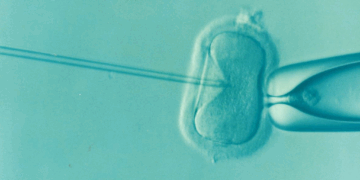The breakthrough is mind-blowing.
Researchers have developed a brain wave decoding system that shows potential for using spinal cord stimulation to initiate leg movements, a breakthrough that could benefit individuals with spinal cord injuries. The innovation centers around interpreting neural signals to trigger physical movement, offering hope for future mobility restoration.
In a study involving 17 individuals without spinal cord injuries, scientists tested whether electrical impulses delivered to the spinal cord could produce leg motion. Participants wore caps equipped with electrodes to monitor brain activity while they were instructed to either move their legs or simply imagine doing so. The data collected helped the decoder learn the neural patterns associated with both physical and imagined movement.
Interestingly, the brain exhibited similar wave patterns whether participants physically moved their legs or only thought about it. The decoder learned to identify these signals, enabling spinal cord stimulation to induce leg movement even when participants only imagined the action.
Lead researcher Ismael Seáñez, a biomedical engineering professor at Washington University in St. Louis, explained that the decoder can accurately predict a person’s intent to move based solely on their brain activity. This discovery allowed the team to generate leg motion using brain signals alone, with external stimulation prompting the muscles.
The ultimate goal is to build a brain-spine interface that uses real-time brain data to restore motor function. The research team now aims to determine whether the brain wave patterns identified can apply broadly across individuals. If successful, a universal decoder could be developed, eliminating the need for custom training per user and expanding accessibility to those affected by spinal cord injuries.

































Discussion about this post